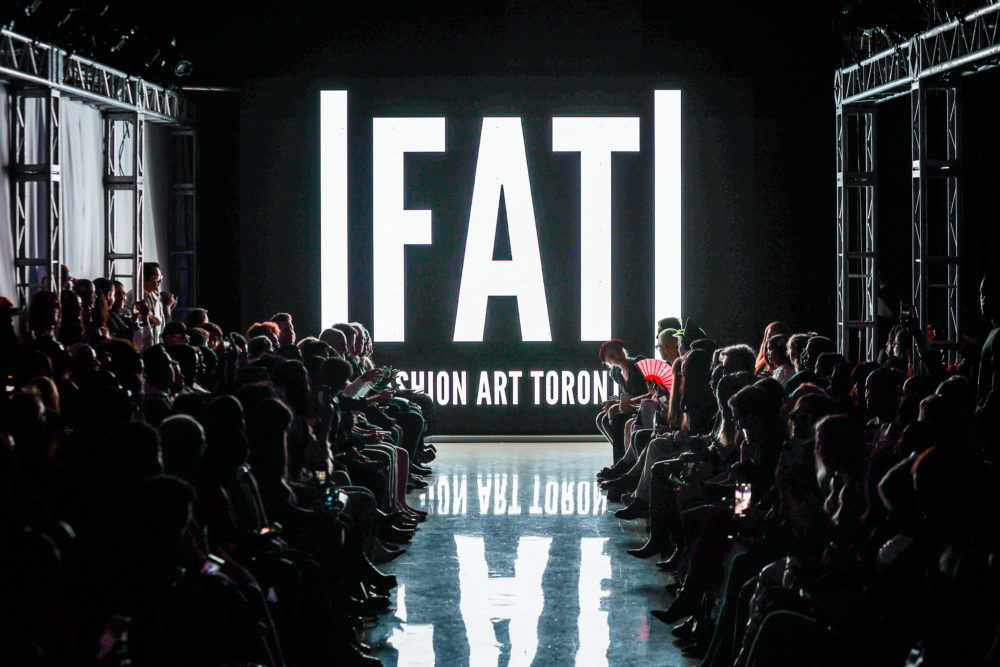While skinny and tall women with defined facial structures walk under the spotlight in the most prestigious fashion runways, such as New York, Paris, and Milan Fashion Week, Toronto runways differ and exude the multicultural diversity of Canada.
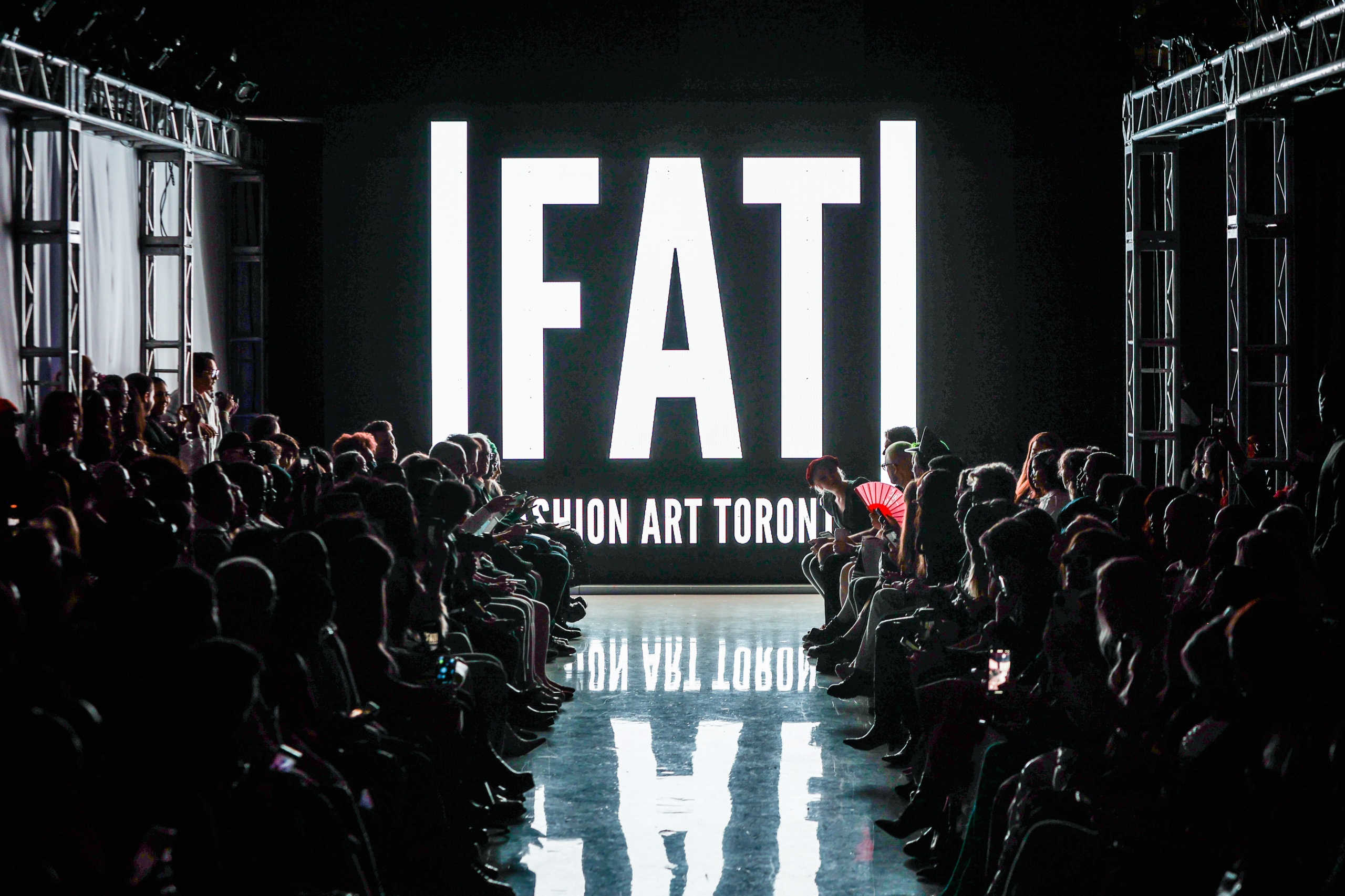
Toronto Fashion Week (TFW), organized by Fashion Art Toronto (FAT), features models and designers with a myriad of abilities. Monika Myers, a model with Down Syndrome, Kimberly Tanious, a model with epilepsy, and Anahita Khalilian, a model in a wheelchair, are successfully thriving in their respective modelling careers. They recently appeared on the FAT runway, an organization representing inclusion and diversity in fashion.
“I want people to feel inspired that they can see themselves in the clothes that are coming down the runway, that they can participate, and that they are involved.” Founder of FAT Vanja Vasic opines.
One thing is certain, Canada’s fashion industry is ahead of other fashion organizations when it comes to diversity. An organization pioneering change in the fashion world Fashion Art Toronto, has consistently and successfully produced runway shows that present designers and models of all abilities from different backgrounds and ethnicities since they started 18 years ago. They continue to break barriers in Toronto’s fashion industry through representation in their fashion exhibitions and the models in their runway presentations, bringing a wealth of representation and change to the fashion industry through diversity and inclusion.
Myers, a 15-year-old model with Down Syndrome, started her modeling career in June of 2022. Her first-ever runway show was Toronto Kids Fashion Week, and she was the first model with Down Syndrome to walk the runway. Her appearance on the runway has impacted the importance of representation in fashion, especially for those with disabilities.
“After her first experience, she just had taken the world by storm,” her mother, Stephanie Myers, says.
Monika Myers’ Timeline
In the same year, Myers started modelling more, appearing in larger fashion shows from TFW organized by FAT for Anishinaabe designer Lesley Hampton, to becoming an international model, walking the hallowed runways of New York Fashion Week and her most recent runway walk with Hamilton Fashion Week.
The runway has a bright spotlight where all eyes from the audience follow the models wearing the designs and clothes. For Myers, it is a place where she feels “strong and confident.”
The Parkdale Hall on Google Maps
By the same token, Kimberly Tanious also walked the FAT runway for designer Lesley Hampton on Nov. 10, 2022, at The Parkdale Hall in Toronto, Canada. It was one of Tanious’ highlights in her modeling career as she is the first model with epilepsy to walk in Toronto’s longest-running fashion show.
29-year-old Tanious never thought of modeling as a result of her insecurities and says she never saw herself represented growing up. “I’m a plus-size woman with tan skin, Filipino-Egyptian, also with a disability,” Tanious states.
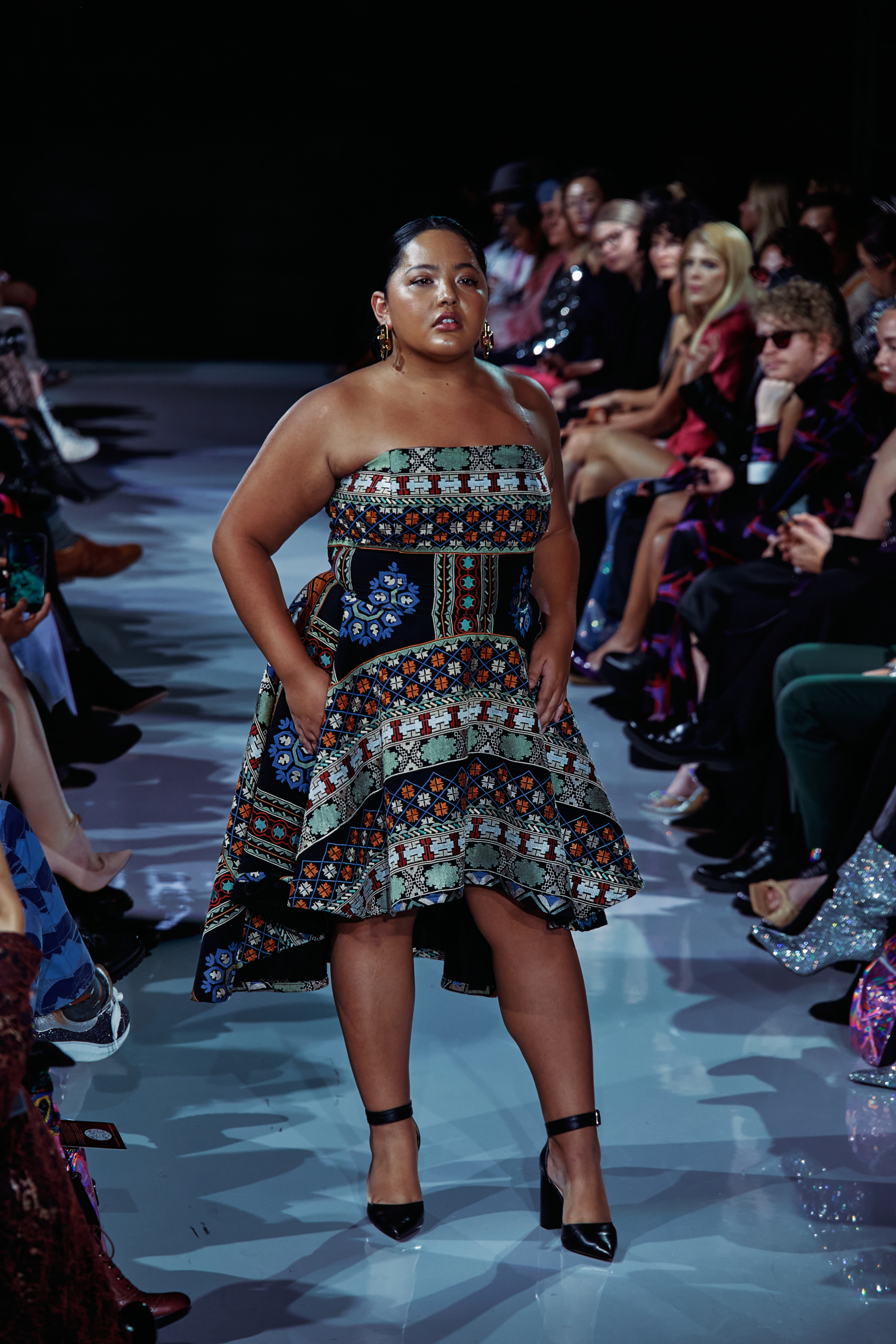
Her modeling career started with a simple photoshoot, and she walked her first-ever runway show with designer Meesh for FAT in April 2022. Tanious says that ultimately, she found diversity and inclusivity in the FAT runway.
Micheline Wedderburn, the designer for Meesh, met Kimberly through a friend who works as a stylist. “I took one look… and thought that she was gorgeous,” Wedderburn says.
At the time Wedderburn was unaware of Tanious’ disability when she picked her for her first runway show with Artists Project by FAT. As a black designer, she decided to use only models of colour in her first fashion show with FAT in the Spring of 2022.
“That was a big awakening for me,” she says. Before, the design was told to use certain models in her presentations. At FAT, diversity and inclusivity are the heart and soul of the organization, allowing Wedderburn to choose models who represent her creations.
Tanious’ growth in the modeling industry, however, was not all flowers and butterflies. The model had to recognize her weaknesses as a person with epilepsy. “I knew that I had to be careful with my body, physically, mentally, and emotionally because they can all trigger seizures,” Tanious says.
Kimberly Tanious talks about the stigma of epilepsy and her advocating for people with all abilities through modelling, on March 27, 2023.
Tanious’ ability to recognize her strengths and weaknesses is and was necessary to pursue a passion for modeling, and the FAT runway is one such avenue which has opened many doors for the blossoming creative, such as modeling for other brands in Toronto and showing up on local FilipinoTV network to advocate as a plus-size model with epilepsy.
Similarly, at 32 years old, Anahita Khalilian did not expect to become a model. She was born with Spinal Muscular Atrophy (SMA), which is a progressive disability that happens to one in every 6,000 babies, according to Johns Hopkins Medicine.
At nine years old, she started using a wheelchair because she could not walk long distances and would need to sit down. “As a person with a visible disability, I never thought to even go to a modeling agency or be thought of as someone designers may consider. Maybe, I imagined photoshoots, but never runway,” Khalilian said.
Khalilian was approached to model by designer Michel Taras at the FAT fashion show in April 2019. Her first-ever runway show led to more events, which would become the start of her continuously growing modelling career. Subsequent stints in the industry include involvement in fashion campaign launches and modelling for Vancouver Fashion Week and local designers in Toronto.
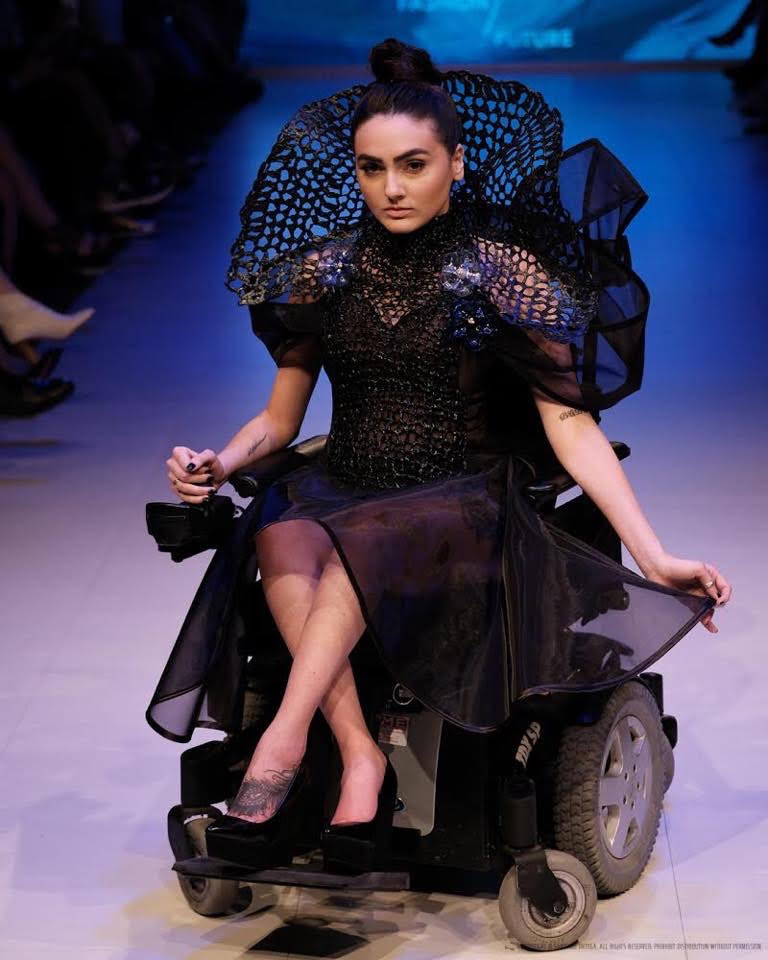
“It’s a nice feeling to see that people want you to be part of their designs.” – Anahita Khalilian, model and founder of the Yonge Runway
Being front row in FAT shows kicked off the models burgeoning career. Even so, her first time modeling on the runway was unlike other models. She recalls her first runway show with Michel Taras, where she had to wear tight leggings, and since getting dressed proved to be a challenge, she required certain accommodations.
Models usually change their wardrobe the day of the show or at the venue, but for Khalilian, the model had to take the pants home and get changed in the privacy of her own home to make it more accessible for her. She says, “Things like that have to be considered everyday. Things that others may not even think of. The time it takes you to put on pants versus me is different.”
Learning about the accommodations and the importance of adaptive clothing for people like Khalilian is essential for an industry which has long been predicated on exclusionary principles. Izzy Camilleri is a notable founding designer of adaptive clothing, especially for wheelchair users.
Izzy Camilleri’s adaptive brand featuring the game changer pants for wheelchair users. (via IZ Adaptive)
Camilleri has been in the fashion industry since 1984 and had never made clothes or worked with people with disabilities in the first two decades of her journey as a designer. In 2005, she made her first custom design piece for a client who was a wheelchair user; the process prompted her to start her own adaptive clothing line. “It was a very eye-opening experience.”
“During that time, I realized if she’s got all these problems with clothes, then there’s gotta be a lot of other people with the same problems,” she added.
Through that first customer, Camilleri understood their clothing challenges, recognizing a lack of accessible clothing choices in the fashion industry. Now, the core idea of her brand is inclusion and an adaptive clothing line for people with disabilities, specifically wheelchair users.
At FAT, diversity, and inclusion is seen on and off the runway. “It’s such a diverse crowd,” Vasic says. People from various ages, ethnicities, backgrounds, and fields, from students to professionals and people of all cultures, are seen in the FAT crowd.
“To me, that represents the city of Toronto and the type of event that I wanna produce when it comes to fashion.“I want everyone to feel included and welcome when they experience FAT.” – Vanja Vasic, founder of FAT
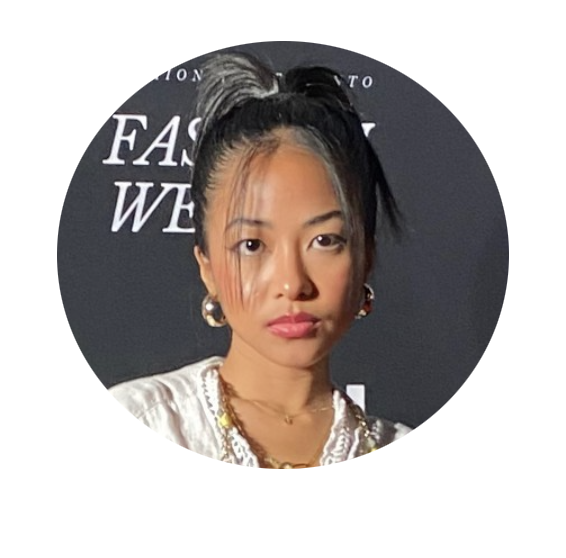 Guia Montellano is a freelance writer studying a Bachelor of Journalism at Toronto Metropolitan University.
Guia Montellano is a freelance writer studying a Bachelor of Journalism at Toronto Metropolitan University.

